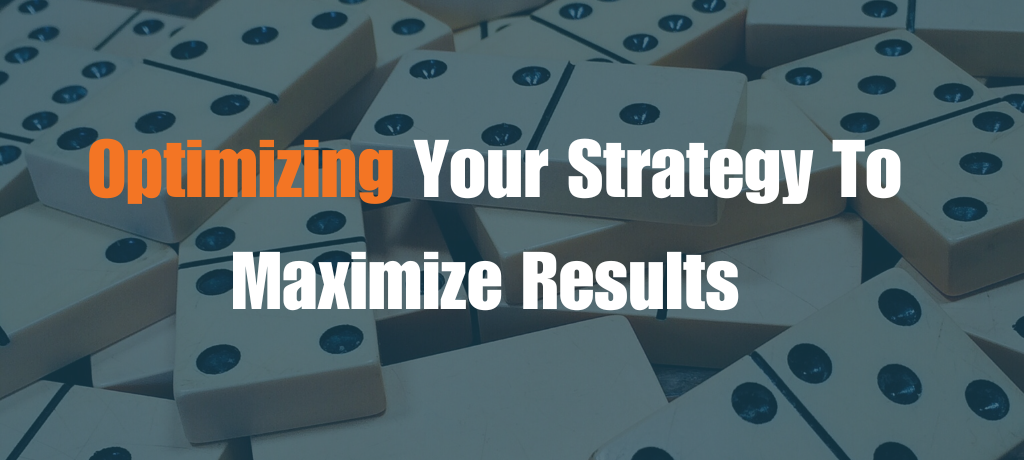
After more than two decades in the marketing world, I’ve come to terms with the fact that some ideas work just as planned or maybe better, and some just don’t. And that’s alright, because we spend countless hours analyzing stats, studying performance and projecting outcomes. From that work, we have the ability to optimize those lagging ideas and tactics to a point of achieving the expected goals. This is all part of the process of leveraging our experience, data and insight to deliver the most fruitful results possible for our clients.
To make optimization a reality, once a campaign is up and running, it is necessary to follow its progress and results, managing and navigating changes along the way. This means looking at the collected data, reading between the lines, and making decisions on what needs adjusting to hit goals. This may lead to pausing ads that aren’t producing as predicted, or even tweaking strategies that are over-performing to increase conversion rates even further.
Testing
There are many pieces to a marketing plan, and it is important to understand which strategies are bringing the best cost per conversion. To understand how your display and digital ads are performing, you must determine the ROI of each channel to see where your budget is producing the best. The data collected by reviewing the overall click-through rates and conversion (sales) of your ads are a quantitative indicator of your campaign’s success and can be viewed as a report card of sorts.
In addition to the ad placement, the creative must also resonate with your audience. The creative is the element that stops your target audience in their tracks and grabs their attention. A/B testing, or split testing, offers an opportunity to learn which versions of your ads drive higher performance. Think of it like a competition. You’re pitting two versions of your asset against one another to see which comes out on top. Knowing which marketing asset works better can help inform future decisions when it comes to headlines and copywriting, CTAs, product descriptions, imagery, ad or email copy, landing pages and more.
Analysis
Your marketing plan can be seen as a great hypothesis on what will work for your brand. It is what you predict will happen based on data and trends, and the results from testing allows you to study if the marketing plan hit the mark. The variant shows if your hypothesis was correct or if it needs adjusting to move forward toward your goals, drawing a conclusion based on which variation won: the champion or the challenger.
For example, when A/B testing a digital ad, a difference of 4 percent might indicate that your audience had no preference for one over the other. If one outperforms the other by 40 percent, however, you’ve learned something valuable about the element you tested, and it is time for adjustments.
Ad optimization often comes with a lot of data to sort through to understand which information is most important to your success. Media agencies like Morgan & Co. are equipped with the tools to decipher this information with ease, taking the stress off of a brand’s internal team.
Take Action
With the latest collected data, a brand can make the decision to continue with the plan “as is” or make alterations. The most successful brands are open to shifting gears to where the data drives them. In-flight optimizations are a critical part of any digital campaign, and good marketers understand how to analyze the data to ensure that your cost per conversion is on track to meet your goals.
At Morgan & Co., we’re numbers people. Our media plans are built on research, data-focused strategies, audience insight, and a solid understanding of how brands can use them to connect with key audiences. Contact us to learn how our hands-on team builds and optimizes comprehensive strategies that lead to real results.
